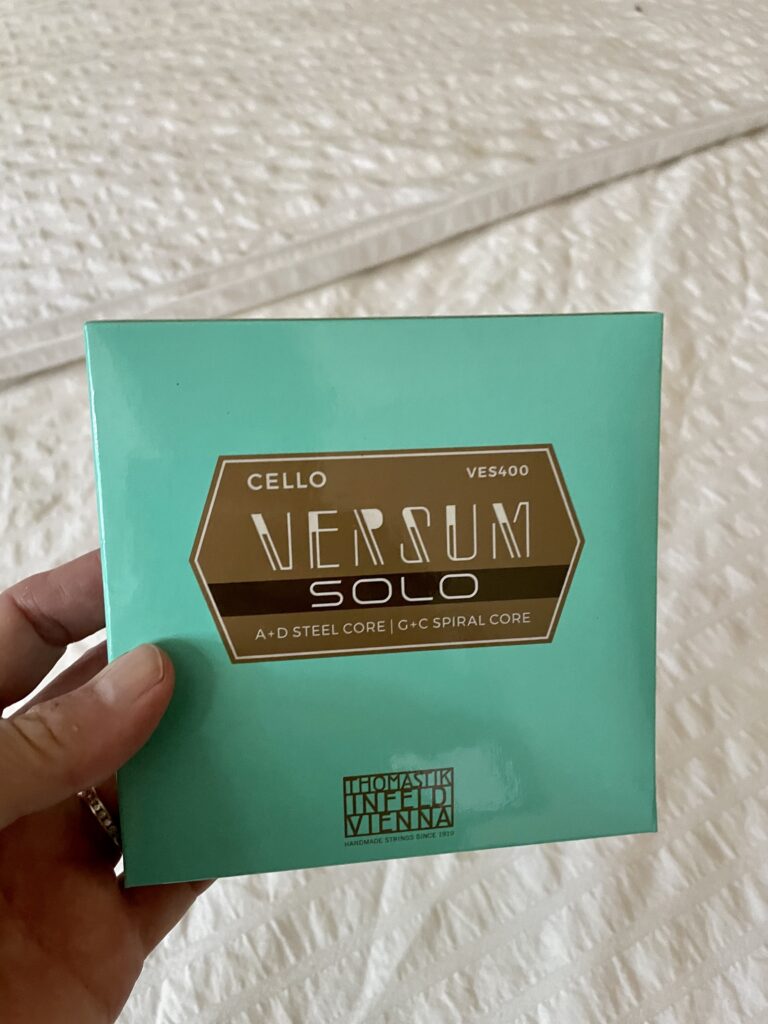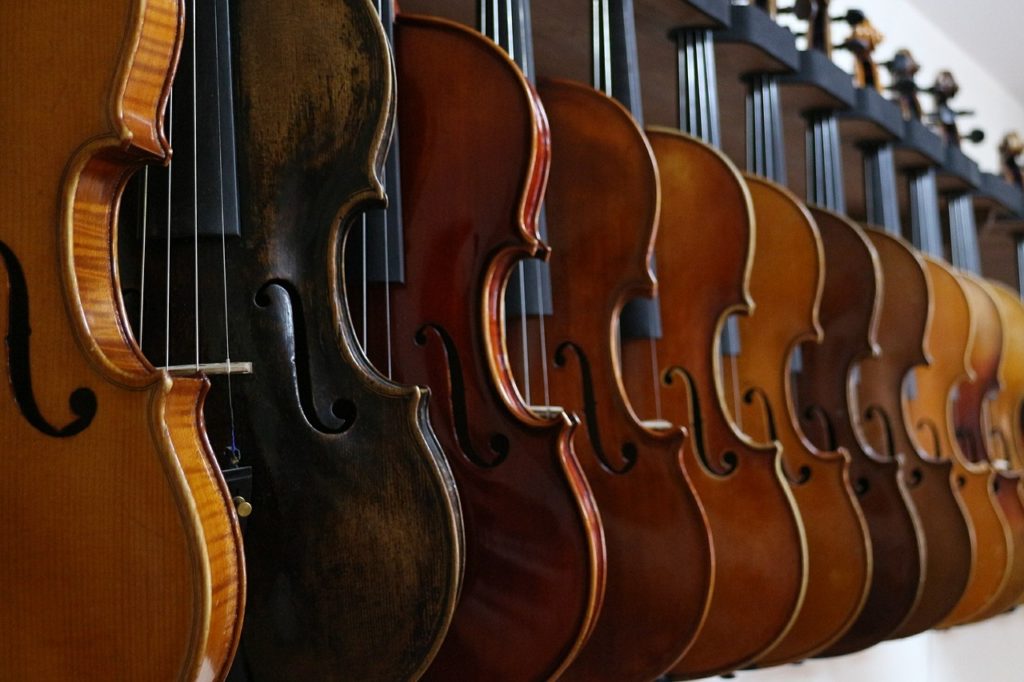If you are beginning adult cello player, here are some recommendations on how to find the best cello bow.
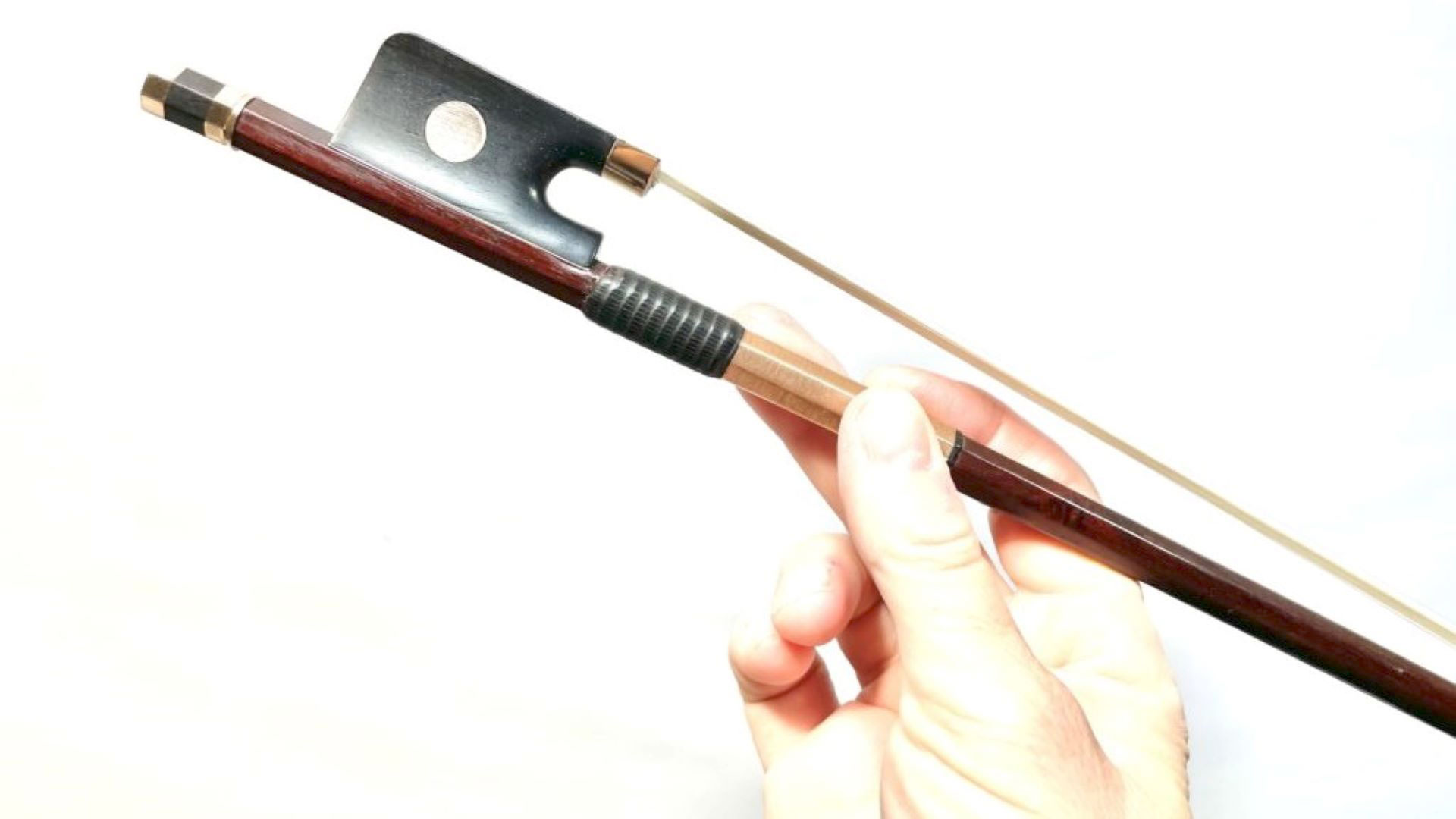
WHY SHOULD YOU REPLACE YOUR BOW?
You may be playing the cello well, but perhaps your teacher said it’s time to upgrade to a better bow. The problem is… you have no idea what “better” means when it comes to bows. What exactly does that mean? A better bow is one which has a higher quality of craftsmanship, one which has a better weight ratio from the frog to the tip, one which allows you to play advancing techniques with more ease, and most importantly, one which helps you produce a clearer, more beautiful tone. You want to find the best cello bow you can afford.
If you are in the market for a replacement or additional bow, I have some thoughts to share with you which should help you narrow your search when finding that better bow.
Personal Experience with a bow:
I have owned a number of bows throughout my lifetime, but when I found the bow I currently play on (I think I’ve had it 15+ years?) I KNEW this was the one. I wasn’t even looking and it found me, via a symphony colleague. I refer to it as my “magic bow” because it helps me play techniques on the cello which I found nearly impossible with my previous bow. My situation is pretty ideal, yet not too uncommon. However, if your bow doesn’t find you, here’s how you can find your bow…
SO WHERE DO YOU LOOK FOR THE BEST CELLO BOW?
Where do you go to purchase your new bow? My students always ask if they should buy it online or go to a local string shop and buy it in person. I believe you should always default to looking at a local shop first, UNLESS you have already tried a bow in person and you know EXACTLY what you want to buy. Then you can look for the best price on the Internet. If you are purchasing a wood bow, you still have to shop in person because no two pieces of wood are created equal (Translation: Every bow sounds & performs uniquely). So, start with the violin shop. One I recommend is http://www.sharmusic.com
HOW MUCH DOES A CELLO BOW COST? 
Determine in advance how much money you plan to spend on the bow. Have a realistic idea of what you will be spending for the quality of bow you are planning on purchasing. There is a wide variance in price ranges, so do a little research before you go. Talk to your teachers, your kids’ music teachers, your music colleagues or a few string shops to help you get an idea. You can find a very bottom-of-the-line beginner bow for $50-60. And many professionals play on bows worth many thousands of dollars. No joke!
OLD OR NEW BOW?
Is your mind made up to either get an older bow or a new bow? This is mostly preference. Unlike cellos, there are plenty of fantastic new bows. Old cellos have a history. They have a soul. Old bows don’t *usually* have that same kind of connection with their players (unless of course you are getting one of the very fine, old bows made by some of the greatest bow makers of all time… but not a lot of folks can afford that). So basically, don’t put yourself in a box by deciding definitively that you want an older or new bow. Leave that lid open.
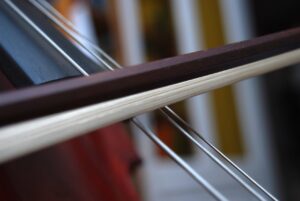 LIGHT OR HEAVY BOW?
LIGHT OR HEAVY BOW?
I personally love the strength and power of heavy bow – but one that is weighted properly. This brings me to the next issue… bow weight. Do you like the feel of a heavier bow or a lighter bow? If you aren’t sure, definitely try both. Most people have a preference for one over the other. Most bows weigh between about 78-85 grams. That’s the norm. So if you find one that is outside that range, you might want to check into what is making it so light or so heavy. It could be that the tip is too heavy or the frog is too heavy or the stick is too thick – and if that’s true, then the bow will likely not be able to help you play some of the more advanced bow techniques.
WOOD OR CARBON FIBER BOW?
The most durable, hardest wood for a bow (cello or violin) is the Pernambuco wood. Sometimes you hear this called Brazilwood. A pernambuco bow has long been the gold standard for professionals. The Pernambuco wood comes form the Brazil tree in rainforests of Brazil. And the very heart or center of the tree is the wood which bow makers call pernambuco. It’s a beautiful rich brown/gold color. The rest of the tree is just called Brazilwood and isn’t usually used for the making high-quality string instrument bows. Also, Pernambuco is now considered a rare and endangered wood so bow makers are having to search for alternative woods which will perform more or less like pernambuco!
On carbon fiber bows: There are a lot of really good carbon fiber bows (Arcus, Coda, Glasser). The carbon fiber is constructed many different ways and different carbon fiber bow makers have their own recipes for what they believe is the the most durable, responsive and best sounding bow. But the good news about the carbon fiber bows is that they are factory made to a precise science and the margin or difference between one carbon fiber bow and the next is infinitesimal. What this means is that you can easily shop for the best price on the Internet if you know exactly what brand and model of carbon fiber cello bow you want. So again, it’s your preference whether you buy a wood of a carbon fiber bow.
TESTING THE CELLO BOWS: 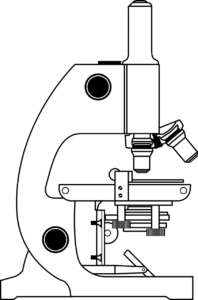
- Before you play a single note, make sure the hair has rosin! New horse hair does not come with rosin. After the luthier rehairs the bow, they use powdered rosin to get it started so that the hair can grab the strings. You will often find a brand new bow without rosin – so double check.
- Examine the balance point. The bow should balance more or less in this area:The correct balance of a bow can make a heavy stick feel light and a light stick feel heavy. It’s all about proportion. So make sure that the balance point is about right. It should be around 9 to 9.5 inches from the start of the stick at the edge of the tightening screw. To check balance point, tighten the hair and place your pinkie under the stick at that about 9″ from the tightening screw. Does it balance there?
- Keep track of your tester bows. It’s easy to forget which bow is which – and which bow does what – while testing bows… so it’s a wise idea to get a pad of paper and take some notes. On the far left column you should put the name of the bow for your reference. Don’t add the price! In fact, if at all possible, try NOT to find out the cost of the bow because that can often sway your decision-making. In the rest of the columns, make some criteria you will use to test each bow. I suggest the following:
Playing the cello with each potential bow:
How does the bow sound when playing with:
- With a long, sustained bow played forte? How is the sound – and the control?
- With a long, sustained bow played very softly. How is the sound and the control? I truly believe soft playing is the truth-teller when determining the quality of a bow. Does it have a clear, crisp sound even when playing softly? If it sounds fuzzy when you play soft, there’s a chance it is the hair and not the bow. Find out if the hair is fresh so you can rule that out first.
- How does the bow feel when you play it at the tip? Does it have enough weight to where you don’t feel like you have the push too much at the tip to get it to make a bigger sound??
- How about the frog? Does it have too much weight? When you draw the bow from the frog to the tip does the volume quickly diminish when you draw it towards the tip or does the sound stay full?
- Articulation. How does the bow grab the string? Does it get a nice “K” sound when you play staccato?
- Bounce. Try sautillie and spicatto. Is the sound crisp? Does it easily grab the string?
- Do the hair scrunch! When playing at the middle of the bow, if you push the stick down (just with the bow hand), does the wood easily touch the hair? If so, then the bow just doesn’t have enough structure to allow you to play with a big tone – and there is nothing you can do to fix that. Put that bow in the “NO” pile.
- Aesthetics. This doesn’t *usually* have much to do with sound, and it’s really not that important, but you should like the way it looks.

When you find two bows you really like, take them out on trial for a week. Most instrument shops will have you put down a deposit and allow you to give them a test drive for 5-7 days. After a few days of playing on each bow it will become clear which one is right for you. If you fall in love with one, buy it. If you don’t connect to either of the bows, then keep looking. Trek back to the string shop, play more bows and narrow it down to another two. Repeat the process.
If you are curious who made my bow it was Eric Paulu. His bows are extraordinary. More on the bows here: http://www.violinbows.com
More questions about learning the cello: See our FAQ page to find out more: https://cellodiscovery.com/faq/
Understanding the basic differences between what is considered to be a good bow vs a bad bow will help you make an educated decision.Though much of your decision will be based on your personal preference, there is no substitute for understanding WHAT you should be looking for in a bow.
Good bow, bad bow – now you know!


